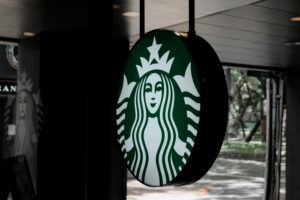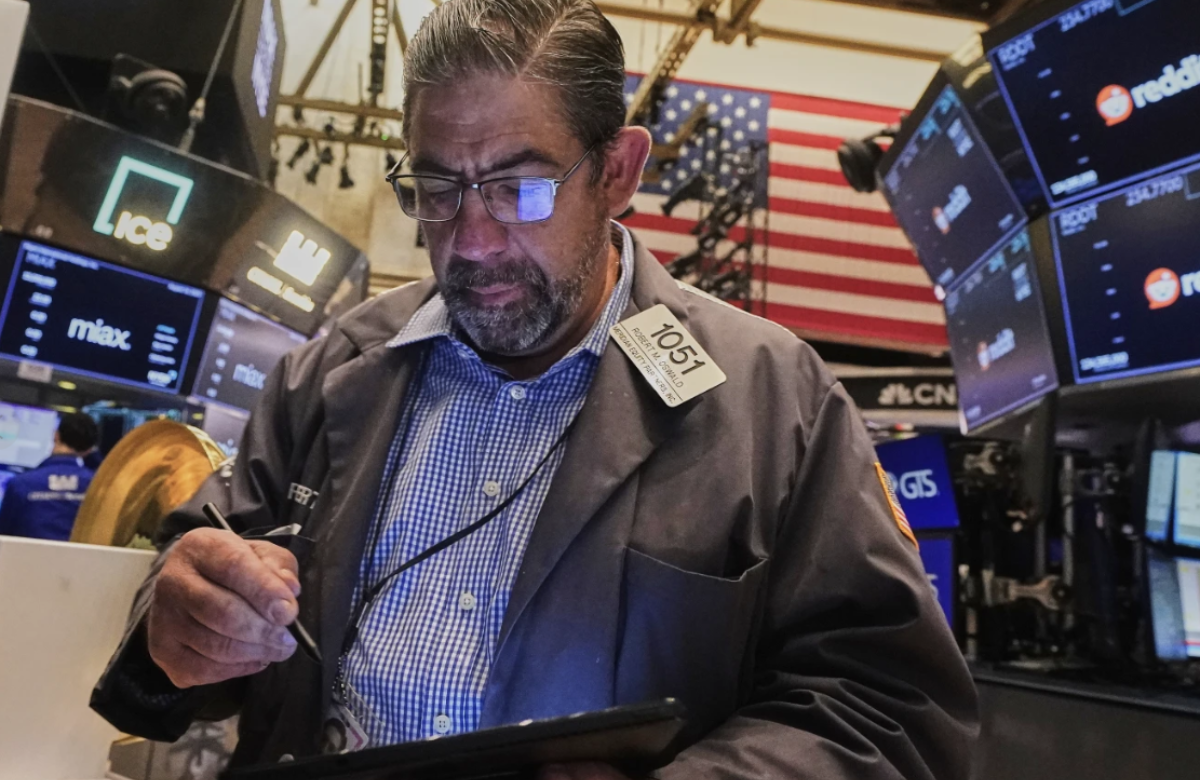U.S. stock markets gave up some of their recent gains on Friday, as investors responded to a combination of mixed corporate earnings and ongoing uncertainty surrounding President Donald Trump’s shifting tariff policies.
By mid-afternoon, the S&P 500 had dropped 0.6%, while the Dow Jones Industrial Average was down 100 points, or 0.2%. The Nasdaq composite, more heavily influenced by tech stocks, slipped 1.1%.
Gap shares tumbled 18.2%, despite the retailer reporting better-than-expected earnings and revenue for the quarter. The parent company of Old Navy and Banana Republic warned that tariffs on imports from China and other countries could increase its costs by as much as $300 million this fiscal year, though it has outlined plans to offset around half of that.
Investors spent much of the week weighing the broader impact of Trump’s unpredictable tariff moves, which many fear could trigger a recession, erode corporate profits, and burden already strained households grappling with inflation. Optimism had grown after Trump temporarily paused tariffs on China and the EU, and after a U.S. court struck down many of his broader trade measures on Wednesday. Those developments helped lift markets, putting the S&P 500 on pace for its first positive month in four and its strongest performance since November.
However, the White House is appealing the court ruling, so tariffs remain in place for now. Further adding to market jitters, Trump posted on his Truth Social platform just before Friday’s opening bell, accusing China of not holding up its end of the truce. “So much for being Mr. NICE GUY!” he wrote, briefly rattling the markets.
Despite that, losses were limited and index futures soon stabilized. Market watchers expect Trump’s administration to continue exploring new ways to impose tariffs, even after the setback in court.
Trump has maintained that the tariffs are aimed at bringing back American manufacturing jobs, acknowledging that consumers and businesses might feel short-term pain in the process.
Technology stocks led the decline on Friday, with Nvidia falling 3.8%. Despite posting strong quarterly results earlier in the week, the chipmaker’s dip was the largest single drag on the S&P 500.
On the upside, Ulta Beauty surged 11.2% after reporting better-than-expected profits and sales, also raising the upper end of its revenue forecast for the year. CEO Kecia Steelman described the retail environment as “fluid.”
Costco also saw a boost, rising 3.5% following slightly better-than-expected results.
Red Robin Gourmet Burgers soared 65.7% after surprising Wall Street with a profit, when analysts had expected a loss.
SharpLink Gaming gained 2.3%, adding to a massive 1,105% increase over the week. The company, which connects gamblers to sportsbooks and casinos, announced a plan to raise $425 million to purchase cryptocurrency on the Ethereum blockchain and expand further into crypto gaming.
In the bond market, Treasury yields edged down after a key inflation reading — favored by the Federal Reserve — came in slightly cooler than expected for April. A separate report from the University of Michigan showed improved consumer sentiment in May, especially after Trump paused some tariffs against China.
“Overall, consumers see the outlook for the economy as no worse than last month, but they remained quite worried about the future,” said Joanne Hsu, Director of the university’s Survey of Consumers.
The 10-year Treasury yield slipped to 4.41% from 4.43% the previous day. The two-year yield, more closely tied to Fed interest rate expectations, ticked down to 3.91% from 3.92%.
The Federal Reserve has held rates steady so far this year after cutting them in late 2024 to support the economy. Officials have signaled a wait-and-see approach to assess how tariffs could affect inflation and economic growth before making further policy decisions.
Globally, European markets ended mixed, while most Asian stock markets closed lower.














